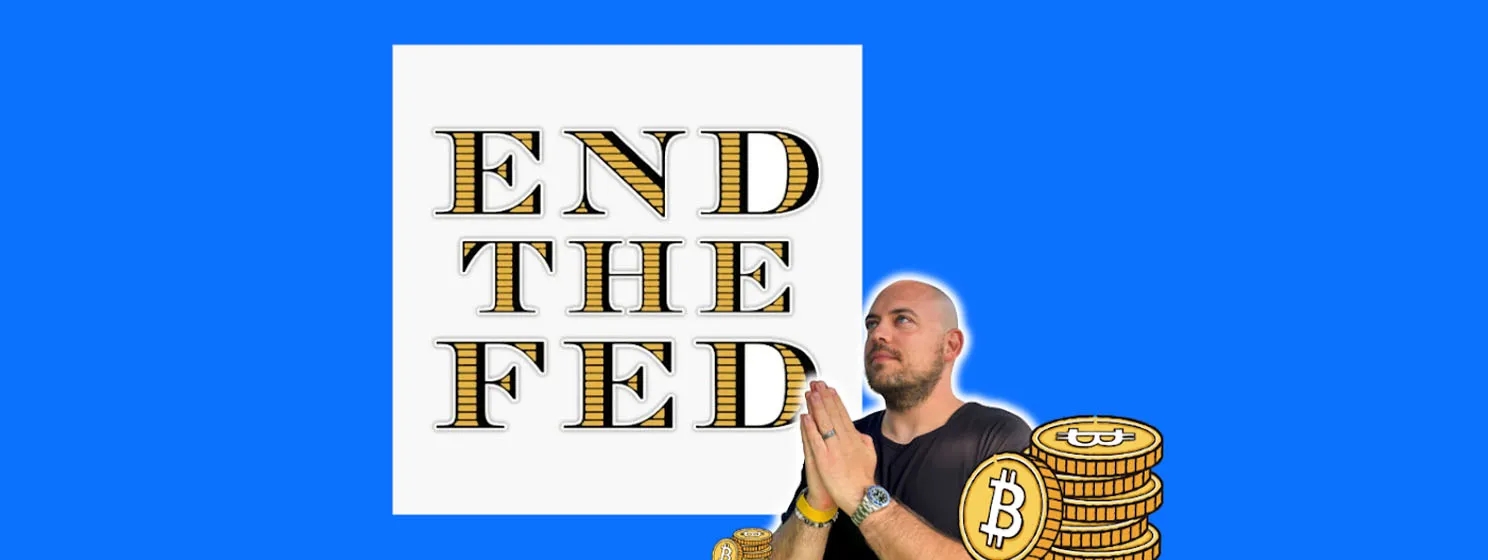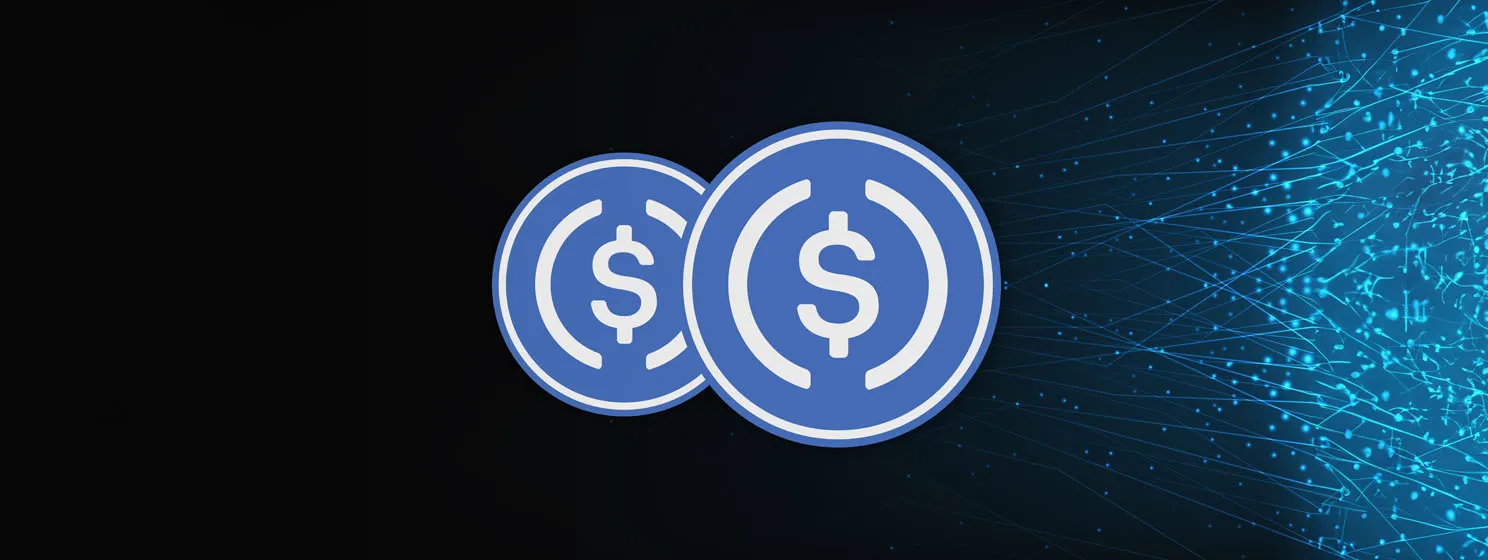|
Getting your Trinity Audio player ready...
|
What’s more important in a digital asset business, its community or its underlying utility?
I used to believe that the answer to that question was, without a doubt, utility, but after hosting a Twitter space titled Web3 Office hours: Community vs. Utility and hearing from founders and users of both successful and unsuccessful digital asset projects, I no longer think that utility is the be-all-and-end-all.
Join @CryptoAmerican (VP, @Block_Dojo) and I as we host an amazing panel of speakers to discuss a 🔥 topic:
⭐️ “Utility vs Community”
⭐️ What’s more valuable in 2023?https://t.co/iZWiNgcXRB
— ‼️Richard Somiari Jr | Web3 Networker (@Crypt0_jr) January 6, 2023
What I learned:
The “what’s more important, community vs. utility” debate is similar to the “what came first, the chicken or the egg” problem. A good business creates products and services that have utility and a community, and in many instances, you need one to have the other. Yet the order that these two factors need to arrive in is debatable.
“There are multiple ways to go to the market, but in web3, we are seeing projects creating communities first. In our experience, we needed to first create the community because we didn’t have millions in our advertising budget like many traditional businesses do. So we began building a community first,” said Bards, a co-founder and CTO of the Mighty Llama NFTs.
“We offered them value and utility that we would create in the future. This helped us grow organically to the point where when we released our project in November, it sold out in about six hours—that was due to the power of our community, but the reason we had community was because we were offering them future value, if we did not have a community before launch, we would not have had an audience,” he added.
Bards’ statement does a good job of putting into perspective the crucial role that community plays in making a business a success. After all, what good is a business, platform, or service that has a lot of utility if it has no users?”
“It’s the community that actually push the project, without the community [it’s like] you literally have no project,” said Charles Gregory, one of the speakers on the spaces, which reminds me of the adage:
“If a tree falls in the forest and there’s no one around to hear it, does it make a sound?”
There’s value and utility within people
Another way of framing this is that it is the users, more specifically, the number of users, that give a platform or service perceived or potential value which oftentimes is just as good as real value. But how do you go about getting these users or, in other words, building a community? Ironically, one of the best ways to build a community and grow the community is by… having utility.
What Bard said in the quote above also speaks to this point, although there may be instances where the platform or service isn’t user-ready from day one, a good roadmap will show its viewers that value is being created and that they can take advantage of that value in the future.
It’s also important to remember that utility can be more than “this platform or service improves my business operations and is better for my wallet.” What I learned during the non-fungible token (NFT) boom is that for a lot of people, the community itself provides other users utility. In the case of NFTs, being a member of the community was akin to being a member of an exclusive social club; it immediately gave the members of the community friends and people that they could build lifelong relationships, and for some people, that is worth more than the money that can be made by speculating or the increases in efficiencies or reductions in cost that a good platform, service or tool can provide.
Closing thoughts
How critical community is in making a platform or service a success—even if that platform or service has all the utility in the world—is often underestimated. When it comes to Bitcoin SV (BSV), it is not unusual to see a team putting too much emphasis on making sure the platform or service has utility while ignoring the community-building element, when in reality, their chances of success are significantly decreased if they do not have a community (a real community, not a handful of zealots) supporting the project.
That being said, the utility a platform or service is providing its end-users is vital. The utility a platform or service has, or the utility that the business promises its users will be delivered to them in the future, is a crucial component of building the community and growing an audience. The community, audience, and end users need something they can use to make their lives better or easier, or at least something to look forward to.
In totality, businesses need to create platforms and services that have both a community and utility; the order that these elements arrive in doesn’t necessarily matter as long as there are legitimate plans and promises to deliver both. But I will say there seems to be immediate utility/value that is unlocked when a community is in place first, but I cannot say that there is an immediate community that gets unlocked when utility is in place first.
When it comes to blockchain ventures, we often see many projects start with a community first and then lay out the roadmap of when the utility will be delivered. When it comes to “traditional” business ventures, we often see them begin with utility first and follow that with multi-million-dollar advertising campaigns to gain and grow their audience/community.
I think it is safe to say that it is not the case that either of those elements is more important than the other, but rather, you need both elements in place if you want to build a sustainable and successful business.
Watch: Blockchain Venture Investments: Driving Utility for a Better World

 08-09-2025
08-09-2025 





